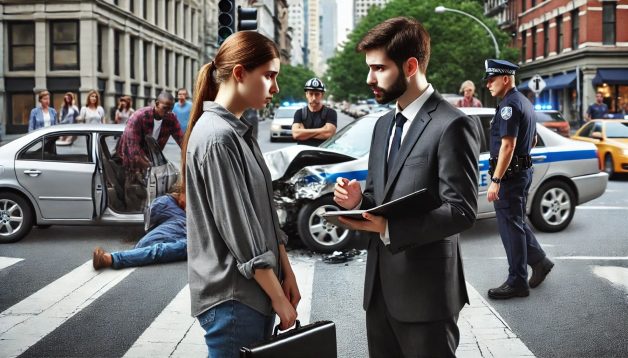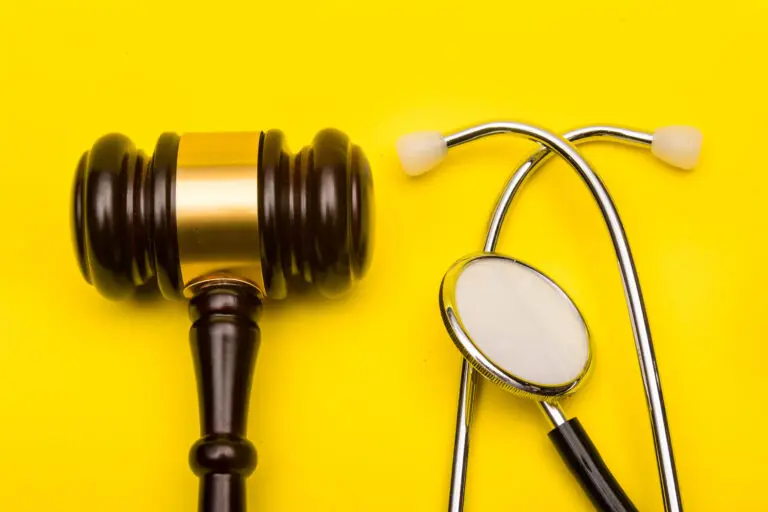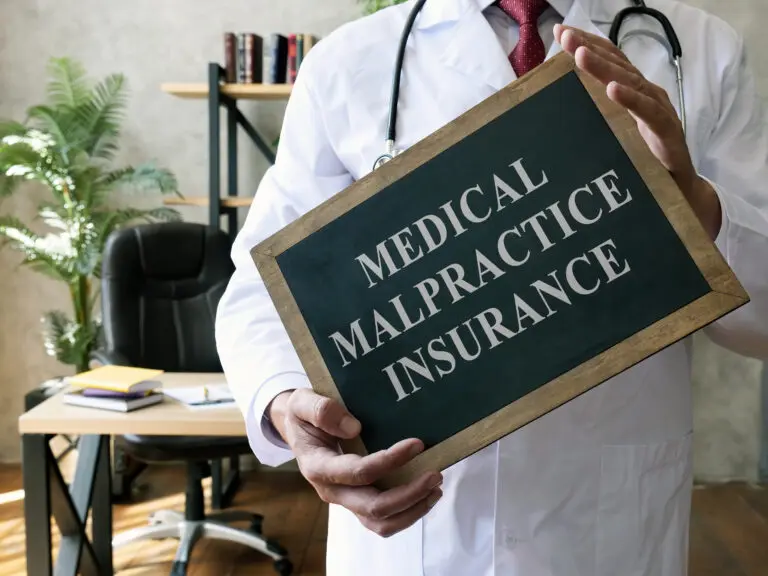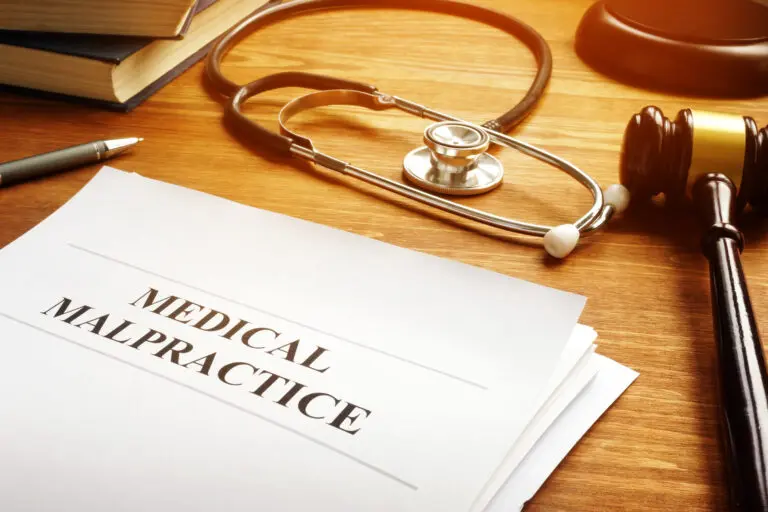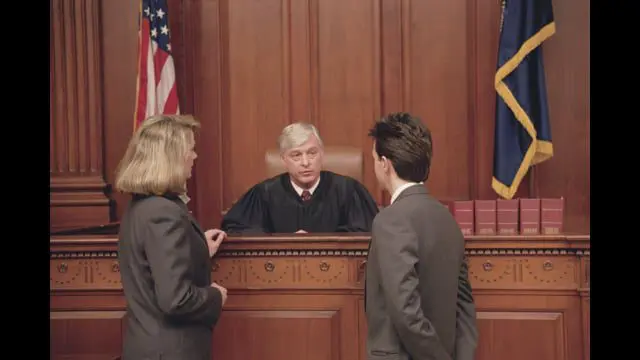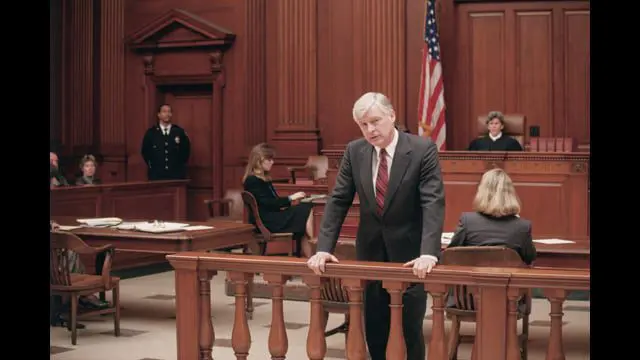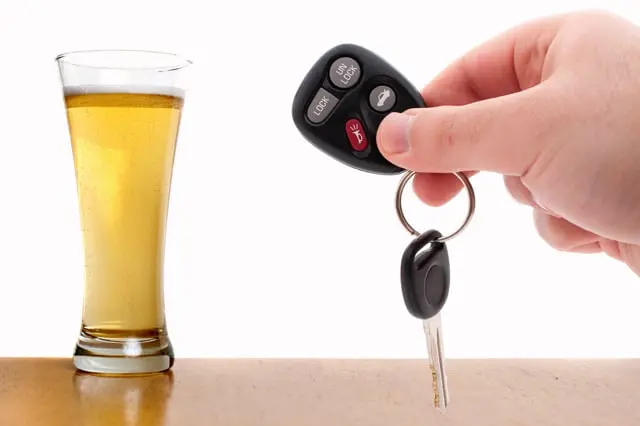Pedestrian accidents can lead to severe injuries and significant emotional and financial burdens. When involved in such an accident, determining fault is critical, especially when the pedestrian might be partially at fault. Understanding how a pedestrian accident lawyer can assist in these situations is essential for anyone seeking compensation and legal guidance. This comprehensive article explores the role of a pedestrian accident lawyer, common scenarios where partial fault may arise, and how legal representation can help navigate the complexities of fault in pedestrian accidents.
Understanding Partial Fault in Pedestrian Accidents
Partial fault in pedestrian accidents occurs when both the pedestrian and the driver share responsibility for the accident. This can complicate the process of seeking compensation, as the degree of fault affects the amount of damages one can recover.
Comparative Negligence: Many states follow the principle of comparative negligence, where the fault is divided among the parties involved based on their respective contributions to the accident. In such cases, a pedestrian accident lawyer can help demonstrate that the pedestrian’s actions were not the primary cause of the accident, thereby reducing their degree of fault and maximizing their compensation.
Contributory Negligence: Some states adhere to contributory negligence laws, which can be more stringent. Under these laws, if the pedestrian is found to be even slightly at fault, they may be barred from recovering any damages. An experienced lawyer can navigate these legal nuances to advocate for the pedestrian’s right to compensation despite partial fault.
Common Scenarios of Partial Fault
Several common scenarios can lead to a pedestrian being partially at fault in an accident. Understanding these scenarios can help pedestrians recognize potential risks and seek appropriate legal counsel.
Jaywalking: Jaywalking, or crossing the street outside of designated crosswalks, is a common cause of pedestrian accidents. While drivers are expected to exercise caution, pedestrians who jaywalk may be found partially at fault. A pedestrian accident lawyer can argue that the driver’s negligence contributed significantly to the accident, thus reducing the pedestrian’s degree of fault.
Distracted Walking: With the prevalence of smartphones, distracted walking has become a significant issue. Pedestrians who are texting, talking on the phone, or otherwise distracted may not notice oncoming traffic or fail to adhere to traffic signals. A lawyer can demonstrate that the driver had ample opportunity to avoid the accident, thereby mitigating the pedestrian’s fault.
Crossing Against Traffic Signals: Pedestrians who cross against traffic signals or do not wait for the “walk” signal can be deemed partially at fault. Legal representation is crucial in such cases to show that the driver was also negligent, such as by speeding or failing to yield.
The Role of a Pedestrian Accident Lawyer
A pedestrian accident lawyer plays a pivotal role in navigating the complexities of fault and ensuring that the pedestrian’s rights are protected. Here are several ways a lawyer can assist:
Recopilación de pruebas: One of the first steps a lawyer will take is to gather evidence to support the pedestrian’s claim. This can include obtaining traffic camera footage, gathering witness statements, and reviewing police reports. This evidence is crucial in establishing the driver’s negligence and reducing the pedestrian’s degree of fault.
Negociar con las compañías de seguros: Insurance companies often aim to minimize payouts by attributing a higher degree of fault to the pedestrian. A skilled lawyer can negotiate with insurance adjusters to ensure that the pedestrian receives fair compensation. This involves presenting a strong case supported by evidence and legal precedents.
Representing in Court: If negotiations with the insurance company do not result in a satisfactory settlement, the lawyer can represent the pedestrian in court. They will build a compelling case to demonstrate that the pedestrian’s actions were not the primary cause of the accident and that the driver should bear significant responsibility.
Legal Strategies to Counter Partial Fault
Several legal strategies can be employed to counter partial fault claims in pedestrian accidents. These strategies aim to shift the focus to the driver’s negligence and highlight the pedestrian’s adherence to safety measures.
Proving Driver Negligence: Establishing that the driver was negligent is a crucial aspect of reducing the pedestrian’s fault. This can involve demonstrating that the driver was speeding, distracted, or under the influence of alcohol or drugs at the time of the accident. A lawyer will gather evidence such as traffic camera footage, witness statements, and police reports to support these claims.
Highlighting Traffic Violations: If the driver violated traffic laws, such as running a red light or failing to yield to pedestrians, this can significantly impact the fault determination. The lawyer will review the accident scene, traffic signal timing, and any relevant traffic violations to build a strong case.
Expert Testimony: Expert testimony can be invaluable in pedestrian accident cases. Accident reconstruction experts can provide insights into the sequence of events and the likely causes of the accident. Medical experts can testify about the extent of the pedestrian’s injuries and the impact on their life. This testimony can help establish the severity of the accident and the driver’s negligence.
The Impact of Partial Fault on Compensation
Partial fault can significantly impact the compensation a pedestrian can receive. Understanding how compensation is calculated in these cases is crucial for anyone involved in a pedestrian accident.
Reduction in Damages: In comparative negligence states, the pedestrian’s compensation is reduced by their degree of fault. For example, if a pedestrian is found to be 20% at fault and the total damages amount to $100,000, their compensation will be reduced by 20%, resulting in a $80,000 payout. A pedestrian accident lawyer will work to minimize the pedestrian’s fault to maximize their compensation.
Barriers to Recovery: In contributory negligence states, even a small degree of fault can bar the pedestrian from recovering any damages. Legal representation is critical in these cases to demonstrate that the pedestrian was not at fault or that their fault was minimal.
Insurance Policy Limits: Insurance policy limits can also impact the compensation a pedestrian can receive. A lawyer will review the at-fault driver’s insurance policy to determine the available coverage and negotiate for the maximum compensation within these limits.
Case Studies: Successful Claims with Partial Fault
Examining case studies of successful claims where the pedestrian was partially at fault can provide valuable insights into the legal strategies employed and the outcomes achieved.
Case Study 1: Jaywalking Accident: In one case, a pedestrian was hit by a car while jaywalking. The pedestrian was found to be 30% at fault. However, their lawyer successfully argued that the driver was distracted by their phone, significantly contributing to the accident. As a result, the pedestrian received 70% of the total damages, amounting to substantial compensation for their injuries.
Case Study 2: Distracted Walking: In another case, a pedestrian was hit while crossing the street and was found to be distracted by their phone. The defense argued that the pedestrian was primarily at fault. The lawyer countered by demonstrating that the driver was speeding and had a history of traffic violations. The pedestrian’s fault was reduced to 40%, and they received compensation for their injuries and medical expenses.
The Importance of Timely Legal Action
Taking timely legal action is crucial in pedestrian accident cases, especially when partial fault is involved. Delays in seeking legal representation can result in the loss of crucial evidence and witness testimony.
Preserving Evidence: Evidence such as traffic camera footage and witness statements can be time-sensitive. A pedestrian accident lawyer will act quickly to gather and preserve this evidence, ensuring it is available to support the pedestrian’s claim.
Meeting Legal Deadlines: There are strict legal deadlines, known as statutes of limitations, for filing personal injury claims. Failing to meet these deadlines can result in the dismissal of the claim. A lawyer will ensure that all necessary paperwork is filed within the required timeframe, protecting the pedestrian’s right to seek compensation.
Legal Precedents in Pedestrian Accident Cases
Understanding legal precedents in pedestrian accident cases can provide valuable context for current claims. Precedents establish standards for proving fault and determining compensation, which can be used to strengthen a pedestrian’s case.
Notable Precedent: Comparative Negligence: Courts have established various precedents regarding the application of comparative negligence in pedestrian accident claims. These precedents can provide guidance on how fault is apportioned and the impact on compensation. Lawyers can leverage these precedents to argue for a more favorable distribution of fault.
Precedent on Insurance Company Obligations: Another important precedent involves the obligations of insurance companies to act in good faith. Courts have ruled that insurance companies must handle claims promptly and fairly. If an insurance company is found to be acting in bad faith, they can be liable for additional damages. A pedestrian accident lawyer can leverage this precedent to push for a fair and timely settlement.
Additional Legal Aspects to Consider
Several additional legal aspects can be considered to expand the scope of a pedestrian accident claim and ensure comprehensive compensation.
Dolor y sufrimiento: In addition to medical expenses and lost wages, pedestrians can seek compensation for pain and suffering resulting from the accident. This includes physical pain, emotional distress, and loss of enjoyment of life. A lawyer will present evidence of the impact on the pedestrian’s life to secure compensation for these non-economic damages.
Daños punitivos: In cases where the driver’s actions were particularly egregious, such as driving under the influence or reckless driving, the pedestrian may be entitled to punitive damages. These damages are intended to punish the driver and deter similar behavior in the future. A lawyer will gather evidence to demonstrate the driver’s recklessness and argue for punitive damages.
Loss of Consortium: If the pedestrian’s injuries impact their relationship with a spouse or family members, they may be entitled to compensation for loss of consortium. This includes the loss of companionship, affection, and support. A lawyer will present evidence of the impact on the pedestrian’s family life to secure compensation for these losses.
Conclusión
Pedestrian accidents where the pedestrian is partially at fault can be complex and challenging to navigate. However, with the assistance of a pedestrian accident lawyer, victims can ensure their rights are protected and seek fair compensation for their injuries and damages. By understanding the principles of comparative and contributory negligence, common scenarios of partial fault, and the legal strategies employed to counter these defenses, pedestrians can better prepare for the legal process. Timely legal action, thorough documentation, and leveraging legal precedents are crucial steps in building a strong case. With expert legal representation, pedestrians can navigate the complexities of partial fault and achieve a favorable outcome in their accident claims.
Attorneys.Media Video Document References
- Is Personal Injury Part of Your Law Practice?
- As an Attorney, How Are You Generating Content for Your Online Presence?
- How Can You Help Potential New Clients Get Their Questions Answered?
- How Do You Differentiate Yourself When Someone Looks Online for Help?
- How Do You Differentiate Yourself as a Criminal Defense Attorney?
- Have You Been Thinking About Video Marketing for Your Law Firm?
- Should Attorneys Use Video Marketing to Attract New Clients?
- What Do Potential Clients See When They Research Your Name Online?
- Cómo puede ayudarle Attorneys.Media

